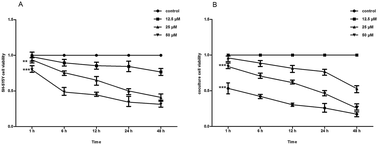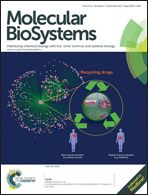Neurotoxicity effects of atrazine-induced SH-SY5Y human dopaminergic neuroblastoma cells via microglial activation
Abstract
Atrazine (2-chloro-4-ethytlamino-6-isopropylamine-1,3,5-triazine; ATR) is a broad-spectrum herbicide with a wide range of applications worldwide. However, ATR is neurotoxic; it reduces dopamine levels in the substantia nigra and corpus striatum in the midbrain, affects the absorption of synaptic vesicles and synaptic bodies, and interferes with dopamine storage and uptake in synaptic vesicles, leading to neurodegenerative disorders. Microglia are resident immunocompetent and phagocytic cells that regulate and participate in the microenvironment in the central nervous system. They demonstrate macrophage characteristics after activation by releasing inflammatory cytokines and neurotoxic substances to increase the inflammatory response, and are thus involved in neurodegeneration. The aim of this study was to investigate the neurotoxic effects of ATR-activated microglia-mediated neuronal damage in terms of human dopaminergic neuroblastoma SH-SY5Y cell death. ATR was administered to BV-2 microglial cells at 12.5, 25, and 50 μM for 1, 6, 12, 24 and 48 h, respectively. ATR increased activated-microglia-induced overexpression of reactive oxygen species, inducible nitric oxide synthase, nitric oxide, gp91phox, p47phox, and the inflammatory cytokines tumor necrosis factor α and interleukin-1β, thus reducing SH-SY5Y cell viability. These results suggest that activated microglia may play a critical role in inflammation-mediated dopaminergic neuronal death, and provide the basis for further studies on the mechanisms of ATR-induced dopaminergic system toxicity.


 Please wait while we load your content...
Please wait while we load your content...